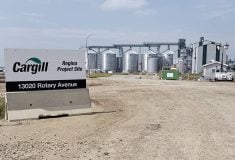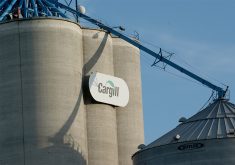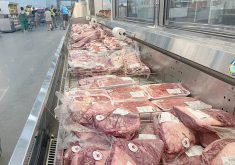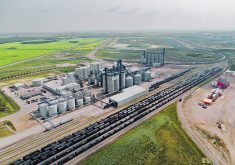CHICAGO, Ill. (Reuters) — U.S. cattle producer Brad Kooima declined multiple, escalating bids from meat packers seeking to buy his livestock to hold out for higher prices.
His bargaining power is a dramatic reversal from three years ago, when cattle were plentiful and Kooima said he went seven weeks without getting a bid as COVID-19 outbreaks shut meat plants, making it difficult to sell livestock.
Now, the U.S. beef cow herd is the smallest since 1962. Drought and high feed costs drove producers to send animals to slaughter instead of keeping them for breeding. Farmers who fatten cattle have gained leverage in sales negotiations over the meat packers that dominate the market, such as Tyson Foods, Cargill and JBS USA.
Read Also
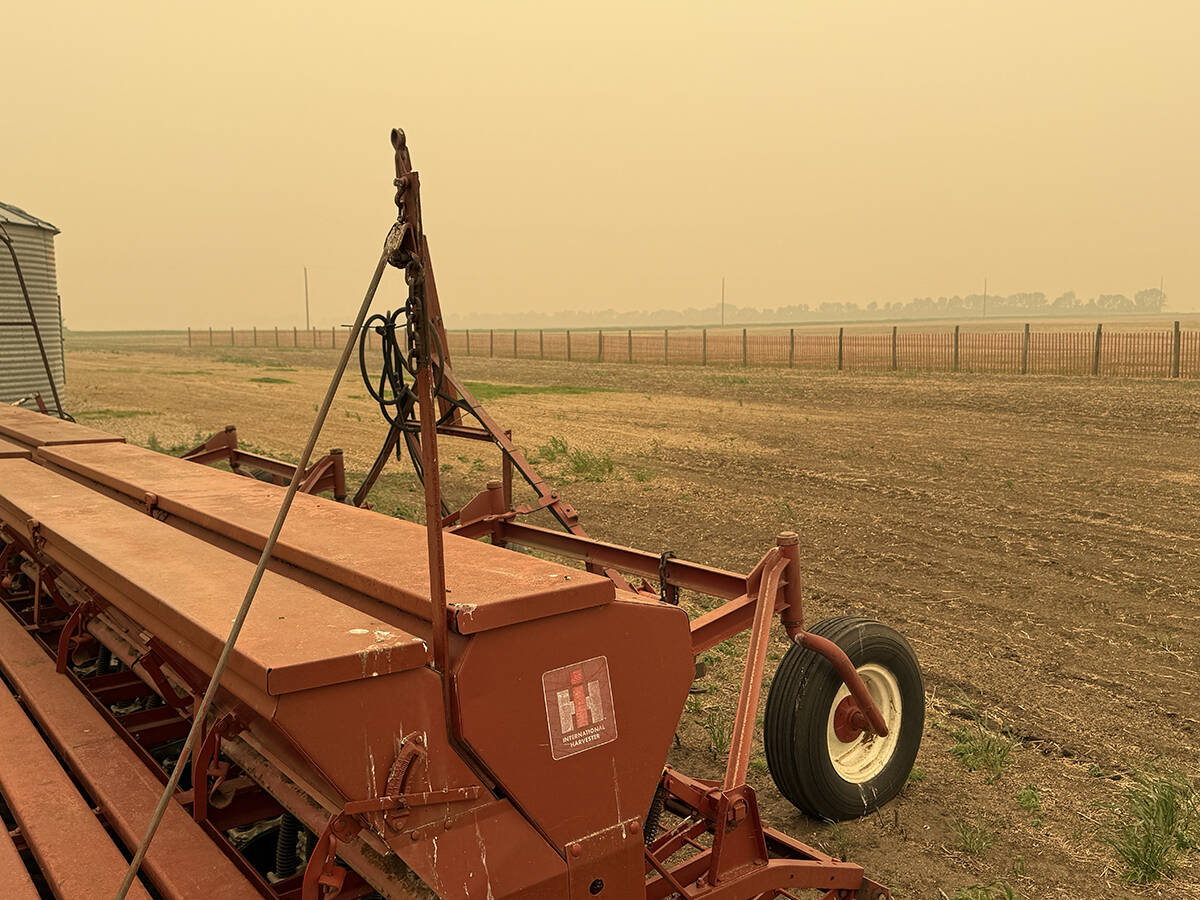
Wildfires have unexpected upside this year
One farmer feels smoke from nearby wildfires shrouded the July skies and protected his crop from the sun’s burning rays, resulting in more seeds per pod and more pods per plant.
Paying more for cattle cuts into the meat packers’ profitability. They will likely try to pass on costs to customers, charging more for ground beef and steaks at a time of high inflation, analysts said.
Cargill, the world’s largest ground beef producer, expects cattle prices will rise further, but it is still a question whether higher beef prices will ruin consumers’ appetites, company executives said.
“The unknown factor there is demand: how much will the consumer pay?” said Tom Windish, who oversees Cargill’s beef business.
Meat processors are assessing demand, along with cattle supplies and operating margins, to determine how much to run their slaughterhouses.
Cargill does not need to operate plants for as many hours as it did in 2020 because of tighter supplies and better staffing levels, said Hans Kabat, leader of Cargill’s North American protein unit.
The amount of money meat packers earn fell below US$40 per head of cattle in April, after topping $700 per head in May 2020, analysts at HedgersEdge.com said. The margins were about $117 per head earlier this month.
Kooima said he declined packers’ attempts last month to buy high-quality cattle in Iowa’s cash market for $182 per hundredweight and $183 before ultimately scoring a bid for his target price: $185.
Strong consumer demand for beef so far is helping boost competition for cattle. Demand increases as the weather warms up and grilling season begins.
“Three years ago, the first bid we got, we took it,” said Todd Drake, another producer who feeds several thousand cattle. “Today, they bid me $178 on a Tuesday, and it’s like, ‘yeah we’re going to wait.’”
Live cattle futures prices reached a record 177.700 cents per pound for the front-month contract on April 13, before easing in May. The peak was up 26 percent from a year earlier and 118 percent from April 2020.
The average retail price for Choice beef in the first quarter was about $7.60 a pound, 0.6 percent lower than a year earlier but up 18 percent from 2021, U.S. Department of Agriculture data shows.
In Tyson’s beef business, its biggest unit by sales, adjusted operating margins dwindled to 2.7 percent in the quarter that ended on Dec. 31 from 19.1 percent the previous year. The company said costs to buy live cattle soared about $530 million.
Goldman Sachs estimates Tyson’s beef margins were three percent in the next quarter, down from 12.7 percent a year earlier, and will average less than two percent in 2024 and 2025.
“Packers are scrambling,” said Derrell Peel, Oklahoma State University agricultural economist.
Big profits for meat packers during the pandemic and soaring beef prices fuelled concerns in the U.S. White House about consolidation and profiteering in the sector.
Only four companies — Cargill, Tyson, JBS and National Beef Packing Company — slaughter about 85 percent of grain-fattened cattle. The companies say supply and demand determine cattle and beef prices.
The USDA said it will continue monitoring the sector as the government awards $1 billion to smaller-sized meat processors to expand slaughtering capacity.
Ranchers received about 39 cents of every dollar a consumer spent on beef in 2022, compared to more than 60 cents 50 years earlier, according to the White House.
In 2023, “the cattle feeder can negotiate more of the consumer dollar,” said Brett Gottsch, managing partner with Gottsch Cattle Co., which raises cattle in Nebraska.
Gottsch remains concerned about a lack of competition among meat packers, though others said surging cattle prices show the market works.
Pete Bonds, a Texas-based feeder, said he could not believe prices are so high.
“I’m just tickled to death,” he said.



